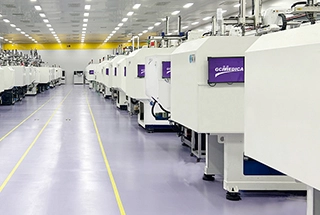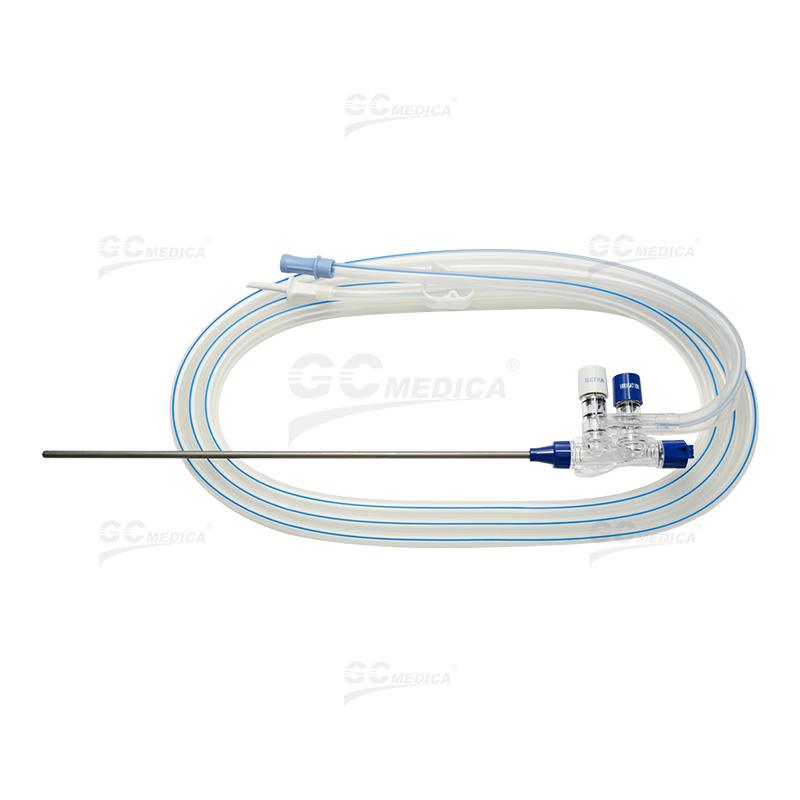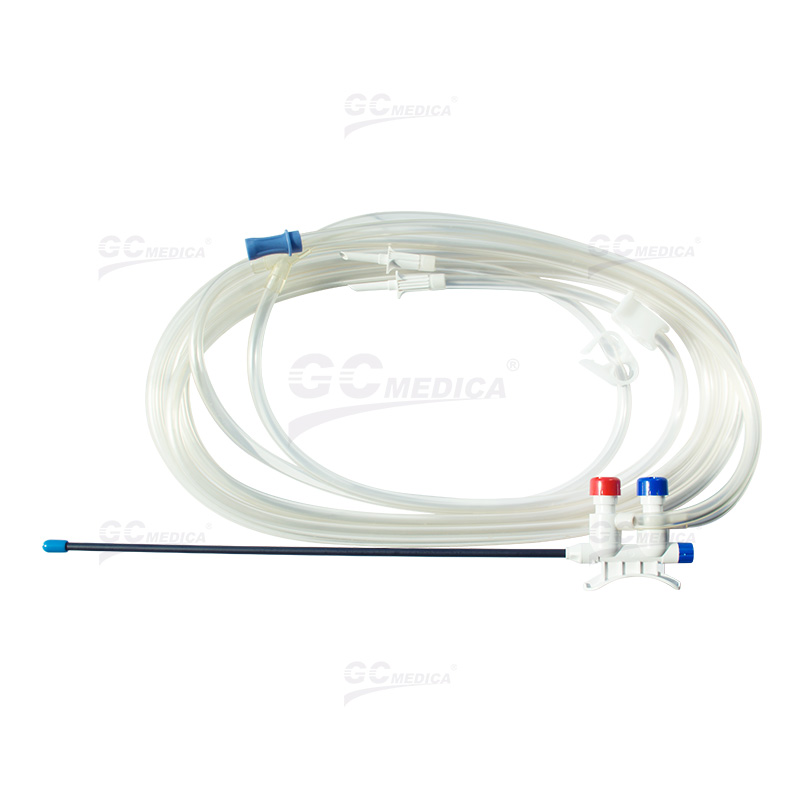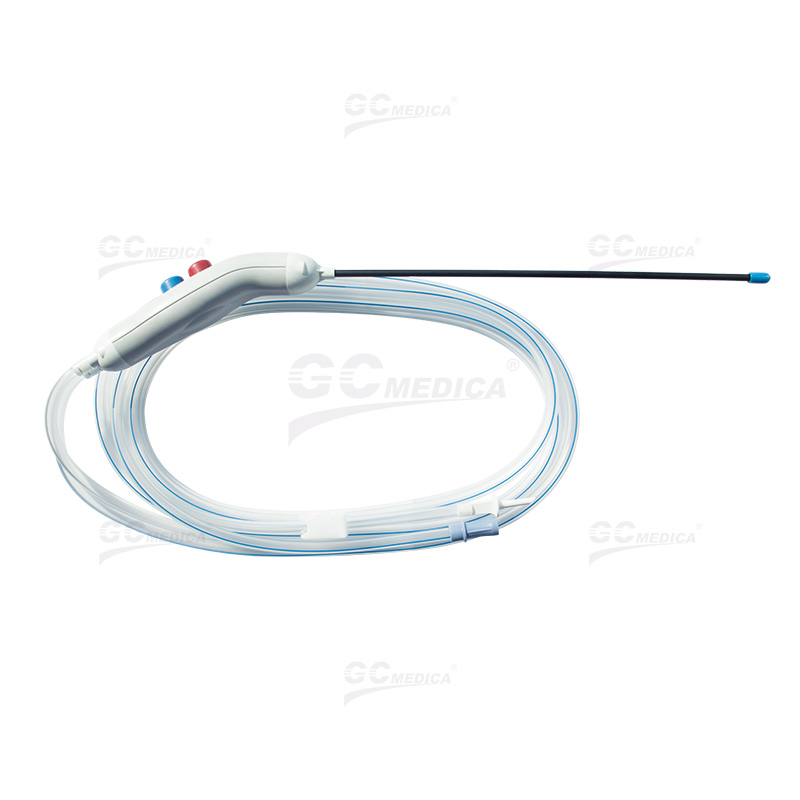Laparoscopic suction irrigation systems are essential tools in minimally invasive surgery, offering clear visualization and effective management of fluids during procedures. With various types available, selecting the right system for your specific needs can enhance surgical outcomes and patient safety. This article provides an overview of the different types of laparoscopic suction irrigation systems and key factors to consider when making your choice.
| |
| Suction Irrigation Tube | |
| Laparoscopic Suction Irrigation Tube | |
| Suction Irrigation Laparoscopy | |
Types of Laparoscopic Suction Irrigation Systems
There are several types of systems available, each designed to address specific clinical scenarios:
1. Manual Systems
Manual laparoscopic suction irrigation systems require direct control by the surgeon or an assistant. These systems offer flexibility in adjusting suction and irrigation flow but may demand a higher level of skill and attention during operation.
Advantages: Greater control and adaptability in diverse surgical situations.
Considerations: Increased reliance on user technique and experience.
2. Automated Systems
Automated systems integrate advanced controls to manage both suction and irrigation with minimal manual intervention. They are designed to maintain a steady flow, thereby reducing interruptions during surgery.
Advantages: Consistent performance and reduced operator workload.
Considerations: Higher initial costs and potential need for technical training.
3. Integrated Modular Systems
These systems combine suction, irrigation, and sometimes additional functions like insufflation into a single, cohesive unit. They are designed for efficiency, allowing for seamless transitions between different functions during a procedure.
Advantages: Streamlined workflow and reduced instrument exchanges.
Considerations: May be less customizable for specialized procedures.
4. Portable Systems
Ideal for emergency settings or smaller surgical centers, portable laparoscopic suction irrigation systems are designed for ease of transport and quick setup. They offer reliable performance in various environments, ensuring that even remote facilities can maintain high surgical standards.
Advantages: Flexibility and convenience for diverse settings.
Considerations: Often offer fewer advanced features compared to larger, stationary systems.
Key Considerations When Choosing a System
When evaluating the right laparoscopic suction irrigation system, consider the following factors:
Clinical Needs: Assess the types of procedures performed regularly. A high-volume surgical center might benefit from an automated or integrated system, while a facility handling occasional cases might find manual or portable systems more appropriate.
Ease of Use: Look for systems with intuitive controls and clear user interfaces. Systems that are easy to operate reduce the risk of errors and enhance overall efficiency.
Maintenance and Durability: Consider the system’s build quality and ease of maintenance. Durable systems with readily available support can reduce downtime and lower long-term costs.
Cost and Value: Weigh the initial investment against the potential benefits. While advanced systems might require higher upfront costs, they can offer savings through improved efficiency and reduced operative time over the long run.
Flexibility and Adaptability: The ideal system should cater to a range of surgical scenarios. Consider whether the system can be easily adjusted or upgraded to meet future requirements or advancements in surgical techniques.
Making an Informed Decision
A thorough evaluation of the available laparoscopic suction irrigation systems is crucial for making an informed purchase. Research technical specifications, read user reviews, and, if possible, request demonstrations or trial periods. Consulting with clinical peers and experts can also provide practical insights that may not be evident from product descriptions alone.
Conclusion
Understanding the various types of laparoscopic suction irrigation systems—manual, automated, integrated modular, and portable—allows you to choose the one that best fits your surgical needs. By considering factors such as ease of use, maintenance, cost, and adaptability, you can make a well-informed decision that enhances surgical performance and improves patient outcomes. Selecting the right system is a critical step in ensuring the success of minimally invasive procedures and maintaining a high standard of clinical care.
Related Products

 Français
Français Español
Español Products
Products
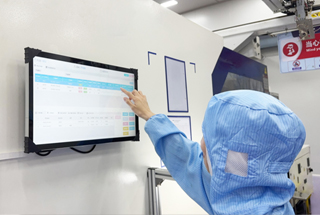
 About Us
About Us




